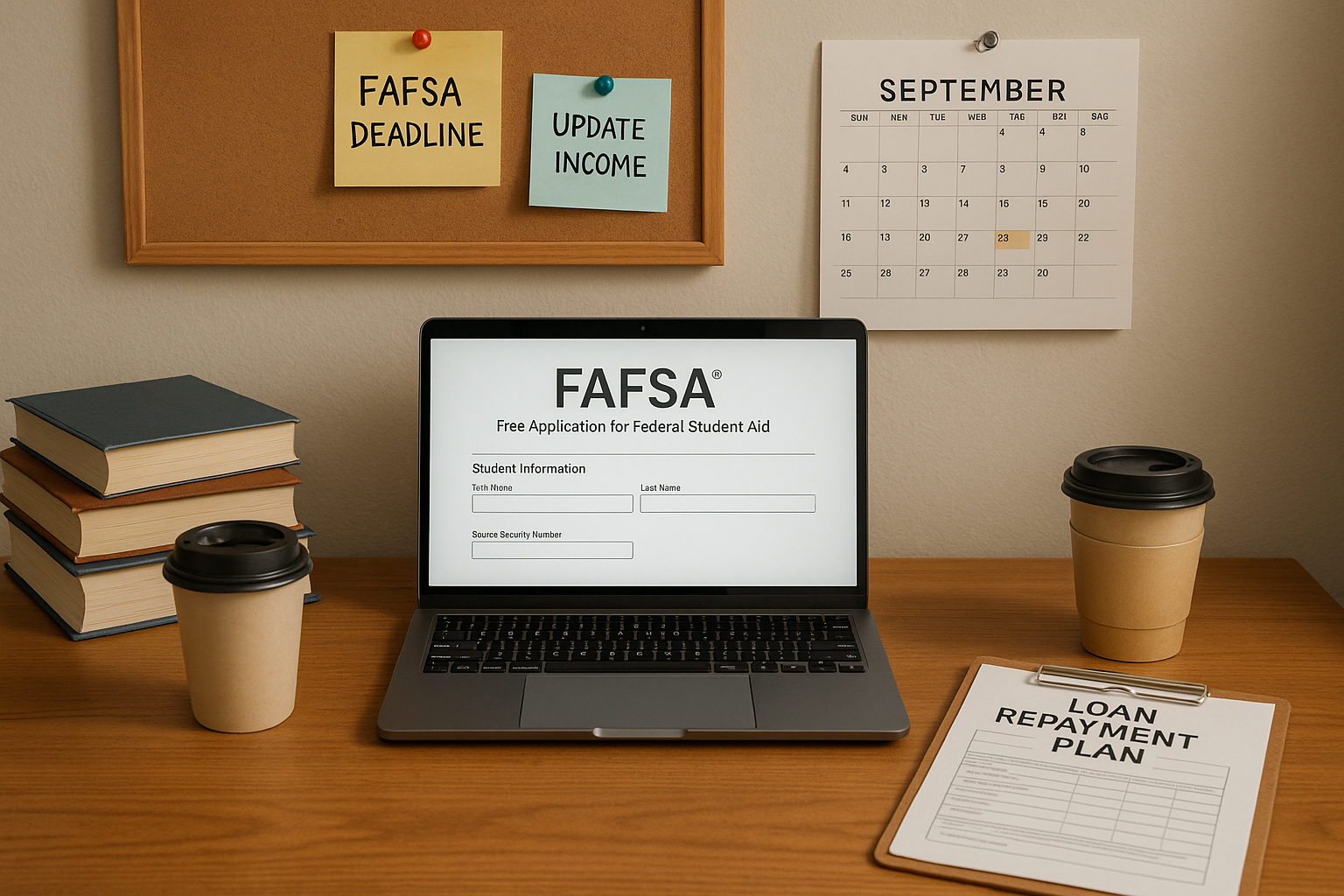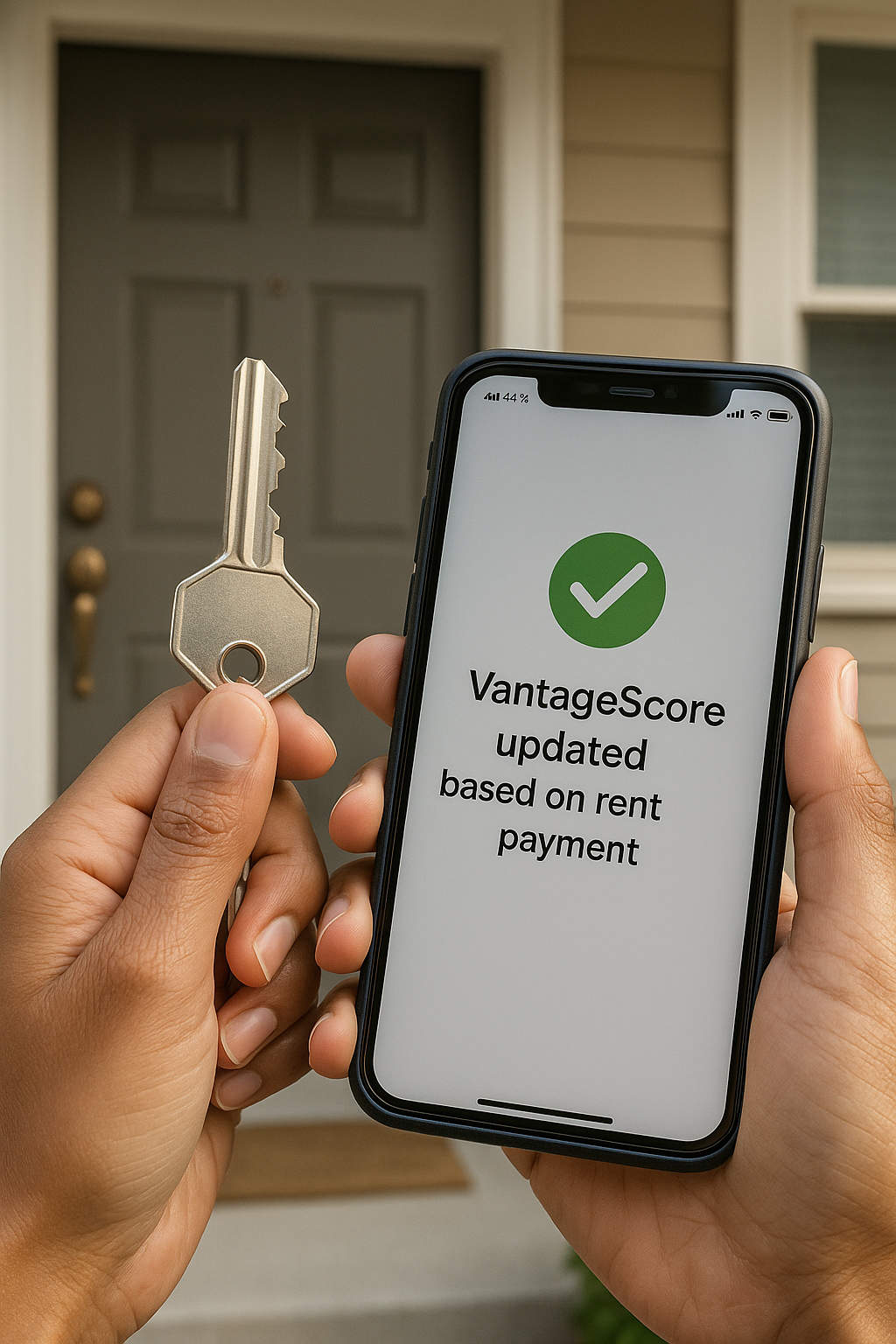
For us, the young Latino community in the U.S., going to college is more than just getting a degree, it’s often a huge step for our families and a critical path to building generational wealth. But let’s be real: navigating U.S. financial systems while juggling classes, work, and family responsibilities can feel like taking on another major.
Right now, your academic success is key, but your financial education is just as crucial. Studies show that financial literacy levels among Hispanic Americans lag behind those of White and Asian Americans, making it even more important for us to be sharp about money (Syracuse University). We are committed to sharing the clear, direct strategies you need to build a strong financial foundation.
Here are three essential financial steps to master during your college years.
Personal Finance Tip #1: Take Control of Your Student Loans
For many of us, student loans are a necessary reality to achieve our educational dreams. Nearly three-quarters of Latino students take out loans to attend college, compared to two-thirds of their White peers, according to a report from UnidosUS. Moreover, data from the Education Data Initiative shows that 67% of Hispanic and Latino graduates leave college with educational debt, and we are also more likely to face delinquency or default compared to our White peers (UnidosUS, DFPI). This shows us the high stakes we’re playing for.
Understanding your loans now is how we take control of our financial future.
Know the Difference Between Federal and Private Loans
- Federal Student Loans: These come from the U.S. government and generally offer better protections, such as flexible repayment plans (like income-driven repayment) and potential loan forgiveness programs.
- Subsidized: The government pays the interest while you’re in school, during the grace period, and during deferment (less costly).
- Unsubsidized: Interest starts accruing immediately (more costly).
- Private Student Loans: These come from banks or private institutions. They often have fewer protections, and interest rates can be higher, making them riskier.
- Our Community’s Reality: Latinos take out a larger percentage of private loans compared to White borrowers, often leaving us with less secure terms and fewer repayment safeguards (UnidosUS). This makes being aware of the terms of every single loan even more critical.
Pay Down Principal to Beat the Interest
Loan interest compounds on the principal (the original amount borrowed). This means interest is calculated on the total balance, including any unpaid interest from previous periods.
- Your Strategy: Whenever possible, pay more than the minimum payment and designate the extra money to go directly toward the principal. This reduces the amount of your debt that interest is calculated on, saving you money and shortening the loan’s life.
- Target High-Interest Loans First: If you have multiple loans, focus your extra payments on the one with the highest interest rate. This is a powerful move to save you the most money over time.
Personal Finance Tip #2: Build a Strong Credit History for Your Future
A strong credit history is your financial passport in the U.S. It determines if you can rent an apartment, get a reasonable interest rate on a car loan, and eventually qualify for a mortgage. Since homeownership, a major driver of wealth, is lower in our community, building excellent credit now is a foundational step toward closing the wealth gap (Latino News Network).
Your credit score is primarily determined by five factors: payment history, amounts owed (credit utilization), length of credit history, new credit, and credit mix. Here’s what we need to focus on:
Mastering Credit Utilization
This is one of the most important factors. It’s the ratio of how much credit you’re using versus your total available credit limit.
- The Golden Rule: Keep your credit utilization below 30%. For maximum positive impact on your score, aim for 10% or lower.
- The Reality for Students: If your credit limit is $1,000, you should try to keep your balance under $300. Paying your balance in full every month is always the best move.
The Power of Consistent Payments
- Pay On Time, Every Time: Your payment history makes up the largest part of your credit score (35%). A single missed payment can seriously damage your score. Use digital calendar reminders or auto-payments to make sure you never miss a due date.
The Long Game
- Keep Old Accounts Open: The length of your credit history matters. When you get your first credit card, keep it active even if you stop using it regularly. Use it occasionally for small purchases that you pay off immediately to keep the account active and growing your credit history length.
Personal Finance Tip #3: Create a Budget That Works for Our Life
In the U.S., many of us are the first in our families to be building financial knowledge from scratch, as conversations about money are often considered taboo in our culture (Latino News Network). We might be managing money for ourselves and contributing to our families back home. Creating and sticking to a simple, honest budget is how we honor our commitments and build security.
Three Simple Steps to Our College Budget
- Track Your Money: For one month, write down every single dollar you spend. This is the truth of your money habits. Don’t judge; just observe.
- Separate Needs vs. Wants:
- Needs (Non-Negotiable): Rent, tuition, groceries, loan payments, utilities.
- Wants (Negotiable): Eating out, streaming services, new clothes. Our families taught us to prioritize. Let’s keep that focus on what truly matters.
- Build a Sustainable Plan: Use your tracked spending to create a realistic monthly plan.
- List Your Income: Be honest about all sources (job, financial aid, family help).
- Prioritize Savings: Before paying for wants, allocate a set amount for a “rainy-day” fund. In 2021, only 48% of Hispanic adults reported setting aside emergency savings, a number we need to raise to build resilience (FINRA Foundation). A small emergency fund protects us from high-interest debt when an unexpected cost arises.
- Use the 50/30/20 Rule as a Guide: Aim to allocate your after-tax income roughly this way:
- 50% for Needs (Housing, Food, Minimum Debt Payments)
- 30% for Wants (Entertainment, Dining Out)
- 20% for Financial Goals (Savings, Investments, Extra Debt Payments)
College is a huge investment in your future. By being intentional about student loans, building great credit, and budgeting with a clear focus, we ensure that this investment pays off not just for us, but for the generations to follow.
👉 Ask Gabi anything, anytime.
Stay tuned! We got you!






